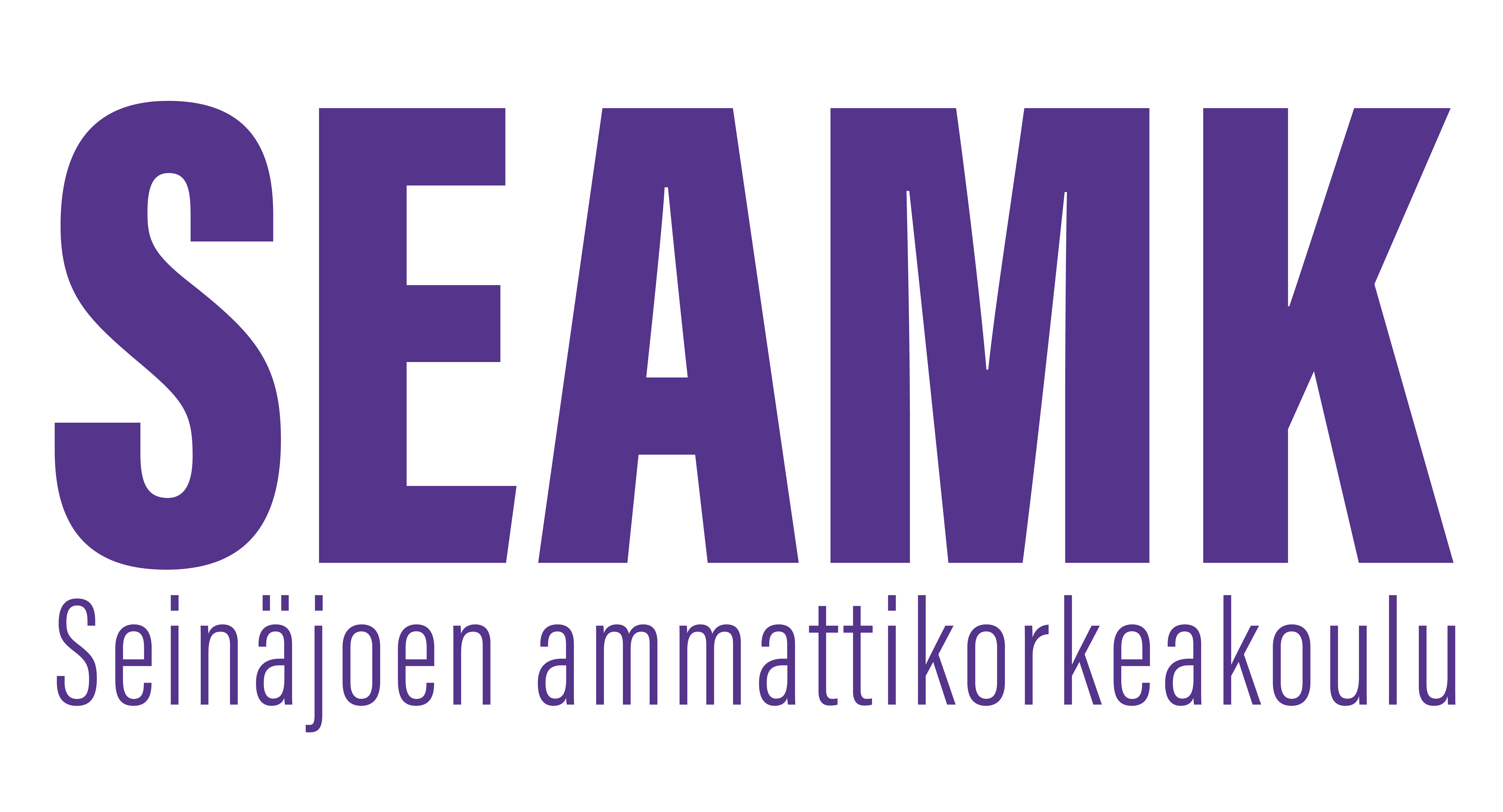Biokemia ja -prosessitekniikka (3op)
Toteutuksen tunnus: 8B00CX62-3002
Toteutuksen perustiedot
- Ilmoittautumisaika
- 17.04.2023 - 11.10.2023
- Ilmoittautuminen toteutukselle on päättynyt.
- Ajoitus
- 23.10.2023 - 15.12.2023
- Toteutus on päättynyt.
- Opintopistemäärä
- 3 op
- Lähiosuus
- 1 op
- Virtuaaliosuus
- 2 op
- Toteutustapa
- Monimuoto-opetus
- Toimipiste
- SeAMK Seinäjoki, Frami
- Opetuskielet
- suomi
- Koulutus
- Insinööri (AMK), Bio- ja elintarviketekniikka
- Opettajat
- Terhi Junkkari
- Ryhmät
-
BIELI22Insinööri (AMK), Bio- ja elintarviketekniikka
- Opintojakso
- 8B00CX62
Arviointiasteikko
1-5
Tavoitteet
Opintojakson suoritettuaan opiskelija osaa määritellä tärkeimpien biomolekyylien (hiilihydraatit, proteiinit, rasvat, nukleiinihapot) rakenteet ja tuntee niiden merkityksen eläville soluille. Opiskelija osaa nimetä tärkeimmät aineenvaihduntareaktiot ja luetella keskeisimmät biotekniset valmistusprosessit ja niihin liittyvät laiteratkaisut, mittaukset, mallinnuksen ja jälkikäsittelymenetelmät. Opiskelija osaa laskea tuotteenmuodostusta ja ravinteiden kulutusta kuvaavia parametreja. Opiskelija osaa käyttää tietojaan bio- ja elintarviketeknisiä prosesseja ja tuotteita suunniteltaessa.
Sisältö
Biokemian perusteet
-solujen rakenne ja tehtävät sekä biomolekyylien merkitys solujen toiminnassa
-aineenvaihdunta, proteiinisynteesi, entsyymien toiminta
-keskeisimmät biokemialliset laboratorioanalyysit
Bioprosessitekniikan perusteet
-solut tuotantolaitoksina
-käytännön sovellukset
-biotekniikan erityiskysymykset
Oppimateriaalit
Opiskelumateriaali
Clarke, Kim Gail. (2013). Bioprocess Engineering - An Introductory Engineering and Life Science Approach. Woodhead Publishing. Retrieved from
https://app.knovel.com/hotlink/toc/id:kpBEAIELS6/bioprocess-engineering/bioprocess-engineering
e-kirja: Jyrki Heino ja Matti Vuento (2020). Biokemia ja solubiologia. Sanoma Pro Oy.
Ilari Suominen, Kari Haajanen ja Raimo Pärssinen (2012). Biogeeni - Ammatillista biokemiaa ja geenitekniikkaa. Opetushallitus. Helsinki. ISBN 978-952-13-4952-2
Aittomäki, Eerikäinen, Leisola, Ojamo, Suominen ja von Weymarn (2002). Bioprosessitekniikka. WSOY. Porvoo
Opetusmenetelmät
Luennot, harjoitustehtävät
Opiskelijan ajankäyttö ja kuormitus
työmäärä yhteensä 80 h
- työjärjestyksessä olevaa 20 h
- itsenäistä opiskelua 60 h
Arviointikriteerit, tyydyttävä (1)
Opiskelija on suorittanut hyväksytysti annetut tehtävät/osiot. Opiskelija tuntee ja osaa nimetä tyydyttävässä määrin aiheeseen liittyviä peruskäsitteitä ja menetelmiä.
Arviointikriteerit, hyvä (3)
Opiskelija on suorittanut hyväksytysti annetut tehtävät/osiot ja osallistunut aktiivisesti opintojaksoon. Opiskelija tuntee aiheeseen liittyvät peruskäsitteet ja menetelmät sekä kykenee soveltamaan niitä tavanomaisten kysymysten ratkaisemisessa. Hän kykenee yhdistämään oppimansa aiempiin kokemuksiinsa aihepiiristä.
Arviointikriteerit, kiitettävä (5)
Opiskelija on suorittanut hyväksytysti annetut tehtävät/osiot ja osallistunut aktiivisesti opintojaksoon. Opiskelija tuntee aiheeseen liittyvät peruskäsitteet ja menetelmät sekä osaa soveltaa niitä tavanomaisten kysymysten ratkaisemisessa. Hän on osoittanut kykyä luoda aihepiirin puitteissa uusia merkityksiä ja ajatuksia aiemmin oppimaansa soveltaen ja kykenee perustelemaan valintansa.
Esitietovaatimukset
Kemia
Elintarvikemikrobiologia ja prosessihygienia
Lisätiedot
Opintojakson suoritettuaan opiskelija
- osaa määritellä tärkeimmät biomolekyylien rakenteet (DNA, RNA, proteiinien ja hiilihydraattien) ja tuntee niiden merkityksen eläville soluille
- osaa käyttää tietojaan bio- ja elintarviketeknisiä prosesseja ja tuotteita suunniteltaessa
- osaa luetella keskeisimmät biotekniset valmistusprosessit ja niihin liittyvät laiteratkaisut, mittaukset, mallinnuksen ja jälkikäsittelymenetelmät
- osaa laskea kasvua, tuotteenmuodostusta ja ravinteiden kulutusta kuvaavia kuvaavia parametreja
Edeltävät opinnot / Suositellut valinnaiset opinnot
Mikrobiologia, Epäorgaaninen ja orgaaninen kemia
